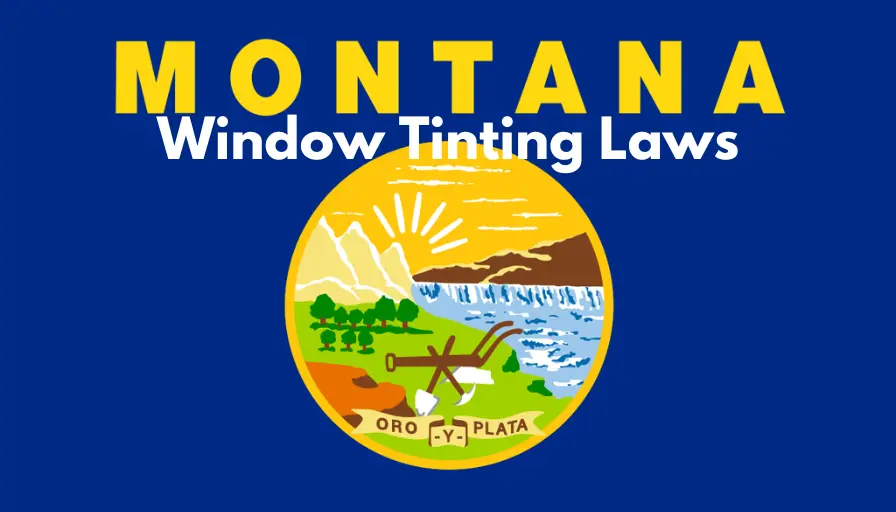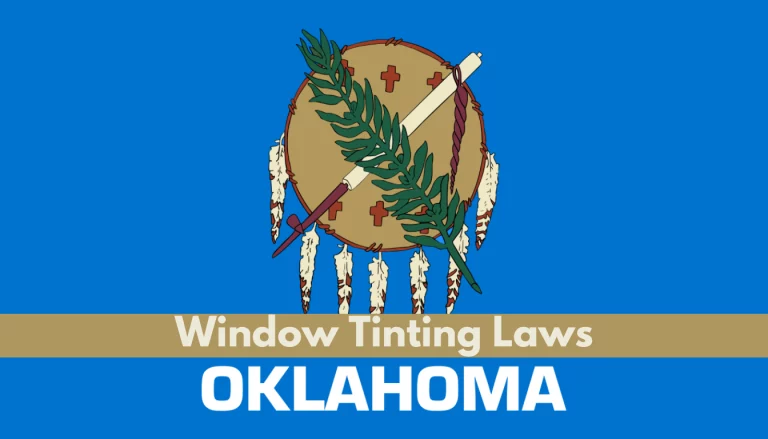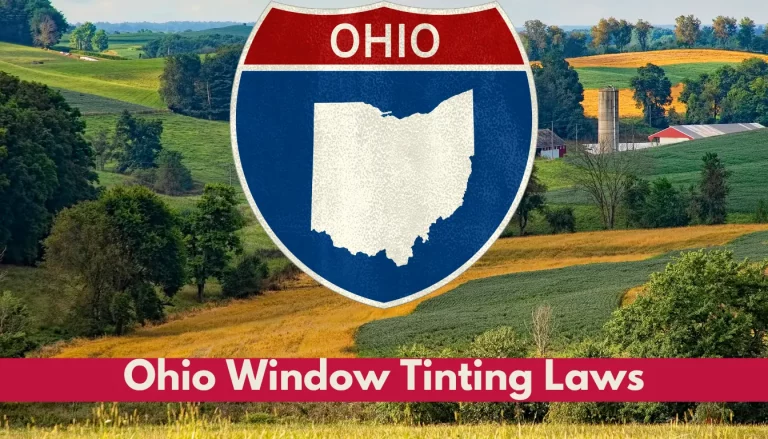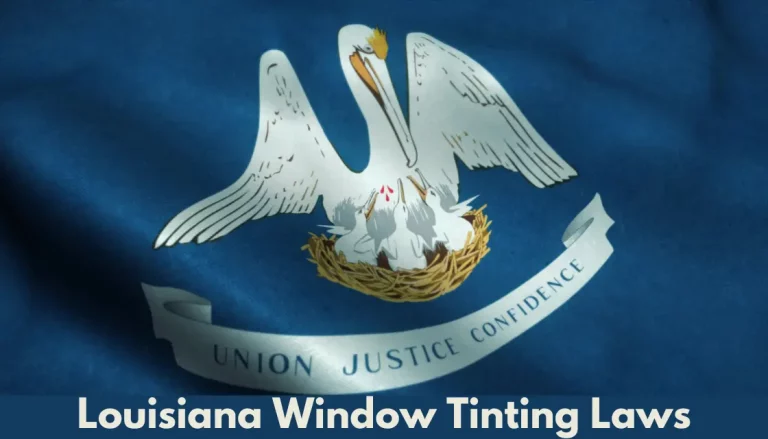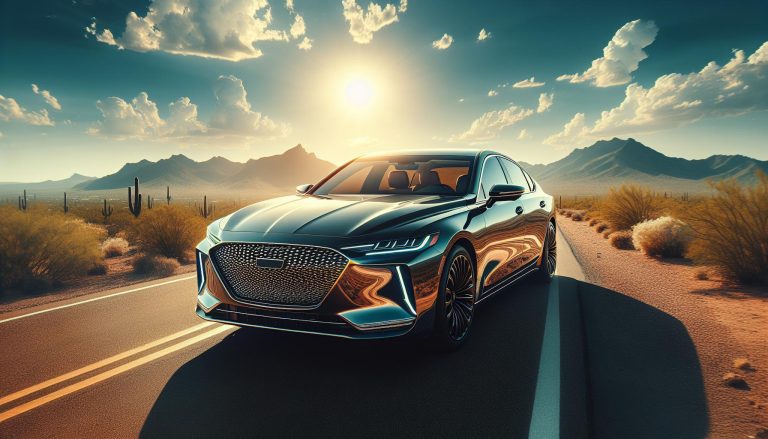Montana Window Tinting Laws: Compliance & Safety Guide
When I decided to tint my car windows in Montana, I quickly learned there’s more to it than just picking a shade. Montana’s window tinting laws are specific and designed to balance privacy with safety. I’m here to share what I’ve discovered to help you stay on the right side of the law.
Navigating the legalities of window tinting in Big Sky Country can be tricky, but I’ve got you covered. Whether you’re a Montana native or just passing through, understanding these regulations is crucial to avoid fines and ensure your vehicle is street legal. Let’s dive into the essentials of Montana’s window tinting laws.
Understanding Montana’s Window Tinting Laws
Grasping Montana’s window tinting laws is crucial for anyone looking to customize their vehicle. In my experience, staying informed about these rules has been the best way to avoid unnecessary fines and maintain compliance with local law enforcement. To help you do the same, I’ve compiled the most essential aspects of Montana’s tinting regulations.
Montana law specifies the permissible tint darkness for all vehicle windows and the reflectiveness of the tint. Front-side windows must allow more than 24% of light in, while back-side and rear windows can have a light transmission of at least 14%. Interestingly, reflective tints are allowed but should not be more than 35% reflective.
Understanding these percentages is key because they directly influence the amount of visibility into and out of your vehicle.
Another notable aspect of Montana’s laws is the stipulation regarding colors. While some states allow various tint colors, Montana expressly prohibits the use of red, yellow, and amber tints. This is something I always remind readers about, as overlooking hue restrictions can lead to the same penalties as violating darkness or reflectiveness rules.
For drivers with medical conditions requiring additional protection from sunlight, Montana offers exemptions. You’ll need documentation from a licensed physician stating the medical necessity for darker tints. If you qualify, it’s vital to keep the documentation in your vehicle at all times to avoid conflicts during routine stops or inspections.
Penalties for Non-Compliance
Failure to comply with these laws can result in significant penalties. Here’s what you might expect if your window tint doesn’t meet state regulations:
- First offense: A warning or a fine of up to $100
- Subsequent offenses: Higher fines and potential removal of the non-compliant tint
Remember, law enforcement officers have the tools to measure tint levels accurately, so it’s not worth the risk of non-compliance. Stay informed and stay legal; it’ll save you time and money in the long run.
Why Montana’s Window Tinting Laws Matter

Montana’s window tinting laws aren’t just rules set on a whim; they’re essential for both driver safety and public interest. Safety is a primary concern, as heavy tinting can reduce a driver’s visibility, especially under low-light conditions. This, in turn, can increase the risk of accidents. By setting limits on the darkness of tints, Montana’s laws help to ensure that drivers have enough visibility to react to road hazards effectively.
Another critical reason why these laws matter is to allow law enforcement officials to maintain visibility into vehicles. In the interest of public safety, officers need to be able to see inside a vehicle during traffic stops or when surveying traffic. Excessively dark tints can impede this ability, creating a security risk for both the officer and the public. It’s important for the community to have a balance between privacy for vehicle owners and safety considerations for everyone.
In addition, adhering to Montana’s tinting regulations helps drivers avoid pricey fines. Permissible tint levels are clearly defined, making it straightforward for drivers to comply. Here’s a quick overview of Montana’s legal tint limits:
- Front Side Windows: Must allow more than 24% of light in.
- Back Side Windows: Can have any darkness level.
- Rear Window: Any darkness can be used, but if tinted, the vehicle must have dual side mirrors.
For those who like to personalize their vehicles, knowing that there’s a legal way to do so without crossing lines into illegality provides peace of mind. An informed choice about tinting ensures that customization doesn’t lead to legal headaches down the road.
When it comes to Montana’s tinting laws, awareness is crucial. Whether you’re a new driver, someone considering getting their windows tinted, or looking to stay informed, understanding these regulations is the first step toward responsible vehicle customization. Compliance isn’t just about avoiding fines; it’s about ensuring a safer driving experience for everyone on the road.
Factors to Consider for Window Tinting in Montana
When you’re planning to tint your vehicle’s windows in Montana, there are several key factors you’ll need to keep in mind. Each of these factors plays a significant role in ensuring that your window tinting aligns with state regulations and serves its intended purpose effectively.
VLT Percentage
The Visible Light Transmission (VLT) percentage is crucial. It determines how much light can pass through your tinted windows. Montana law stipulates different VLT percentages for passenger and multi-purpose vehicles. For example, the front side windows must allow more than 24% of light in, while the back side windows can have a lower percentage. It’s essential to choose a tint that meets these legal VLT limits for your specific vehicle type.
Tint Colors and Reflectivity
Certain colors and reflective tints can be restricted. Reflective tints might look cool, but they can also be a safety hazard or go against local laws. In Montana, tints that are red, yellow, or amber are typically not allowed. Reflectivity can also be limited to ensure other drivers aren’t blinded by your vehicle.
Manufacturer Certification and Stickers
The state of Montana requires that the film manufacturer certify the tint they sell. Make sure you’re obtaining your tint from a reputable dealer who offers certified products. Additionally, a sticker identifying legal tinting is often required on the inside of the driver’s side door jamb.
Medical Exemptions
For those with specific medical conditions, Montana may allow exemptions for darker tints. Always check with the DMV for up-to-date information on medical exemptions to ensure you’re following the law.
Remember, while tinting your car windows can give you privacy and protection from UV rays, it’s never worth risking a fine or your safety. Always keep abreast of Montana’s regulations to maintain legal compliance and ensure optimal driving conditions.
Front Windshield Tinting Regulations in Montana
When it comes to window tinting, the front windshield is arguably the most critical component due to its influence on driver visibility. Montana law is particularly specific regarding the kind of tint that’s legal for the windshield.
Montana state law stipulates that windshield tint must allow more than 70% of the light in. This rule ensures that drivers have adequate visibility of the road regardless of the time of day or weather conditions. Tint on the front windshield is only permissible on the top six inches, often referred to as the AS-1 line. This strip is designed to block out glare and sun without significantly reducing visibility.
It’s important to note that the state of Montana doesn’t permit reflective or mirrored finishes on the front windshield since these can be distracting to other drivers and interfere with a clear view of the road. To maintain compliance and promote safety, here’s what you need to remember about front windshield tinting regulations:
- Permitted VLT: Above 70%
- Tint Strip on the top: Allowed to the AS-1 line
- Reflective Tint: Disallowed
When considering tinting the windshield of my vehicle, I always make sure to discuss it with a professional installer who’s familiar with Montana’s regulations. Professional installers usually have a chart or tool to measure VLT accurately, ensuring that my car remains within legal limits.
Another quick tip for individuals looking to get their front windshields tinted is to ask the installer about any gap requirements. It’s imperative to acknowledge that even a minor mistake can lead to the tint being within non-compliant levels, potentially leading to a fine or having to remove the tint altogether.
Regarding vehicles with front windshield tints, law enforcement officers carry devices that can measure the VLT of the window. This means compliance can be assessed swiftly if you’re pulled over for a tint check. Therefore, it’s best to take the extra time to ensure the accuracy of the installation to avoid any legal inconveniences.
Remember, staying informed and adhering to Montana’s specific window tint regulations will save you both time and money, while keeping you compliant with the law.
Side and Rear Window Tinting Regulations in Montana
When it comes to side and rear window tinting, Montana’s laws have specific requirements that differ from the front windshield regulations. I’ll guide you through the nuances to help ensure you’re within legal limits.
For sedans, Montana specifies different VLT (visible light transmission) percentages for the front side windows compared to the rear side and back windows:
- Front side windows: must allow more than 24% of the light in.
- Rear side windows: any darkness can be used.
- Rear window: any darkness can be used as long as the vehicle has both a left and right side rearview mirror.
Meanwhile, for SUVs and vans, the regulations allow a bit more flexibility:
- Front side windows: must allow more than 24% of light in.
- Rear side windows: any darkness can be used.
- Rear window: any darkness can be used.
Reflective and mirrored tints are another area where the laws are strict. In Montana, the reflection on tinted windows must not be more than a certain percentage. The specifics are as follows:
| Type of Window | Reflectiveness Allowed |
|---|---|
| Front Side Windows | Reflectiveness must not exceed 35% |
| Back Side and Rear Windows | Reflectiveness must not exceed 35% |
While the darker tints might seem appealing for privacy or aesthetics, I can’t stress enough how important it is to adhere to these guidelines. In Montana, there’s also a restriction against red, yellow, and amber tints on any windows. These are considered a safety hazard and are reserved for emergency vehicles only.
To avoid the inconvenience of removing non-compliant tint, it’s best to clarify these regulations prior to installation. I recommend seeking advice from a professional window tinting service that’s familiar with Montana’s laws. Also, consider obtaining a certificate from the installer or manufacturer confirming that the tint meets state regulations. This certificate can act as proof during a traffic stop or vehicle inspection. Remember, staying well-informed about these laws not only keeps you on the right side of the law but also ensures the safety of everyone on the road.
Consequences of Violating Montana’s Window Tinting Laws
If you’re driving with tints that don’t comply with Montana’s window tinting regulations, be prepared for some repercussions. Montana law enforcement takes these regulations seriously due to the safety concerns associated with inappropriate window tinting.
First and foremost, if I’m pulled over and my vehicle’s tint is found to be non-compliant with state laws, I’ll be issued a warning or citation. While a warning might not hit my wallet, a citation surely will. The fines can vary, but it’s safe to say that paying a fine is an expense that I’d like to avoid.
Repeated offenses can lead to even harsher penalties. If I’ve been cited for non-compliant tints and fail to rectify the issue before getting pulled over again, my fines can increase and I might even face a court appearance. In some instances, law enforcement officials have the authority to impound a vehicle until the window tint is removed or replaced with a legal tint.
Beyond fines and potential legal trouble, there’s also the matter of insurance. Insurance companies aren’t too keen on policyholders breaking the law. If my insurer discovers that I’ve been non-compliant with window tinting laws, this could increase my insurance premiums or in extreme cases, lead to cancellation of my policy.
Here’s a quick rundown of potential consequences:
- Warnings for first-time violators
- Fines for non-compliance
- Increased penalties and court appearances for repeated offenses
- Insurance premium hikes or policy cancellation
To avoid these headaches, I make it a point to double-check my vehicle’s window tints with a professional installer. This helps me steer clear of any legal issues down the road and ensures that I stay within the boundaries of the law. After all, keeping my vehicle street-legal not only helps me avoid fines but also contributes to the safety and well-being of everyone on the road.
Conclusion
Staying informed about Montana’s window tinting laws isn’t just about avoiding fines—it’s about ensuring your safety and the safety of others on the road. I’ve walked you through the specifics, from the front windshield restrictions to the VLT percentages for all windows and the clear no-go on reflective and colored tints.

